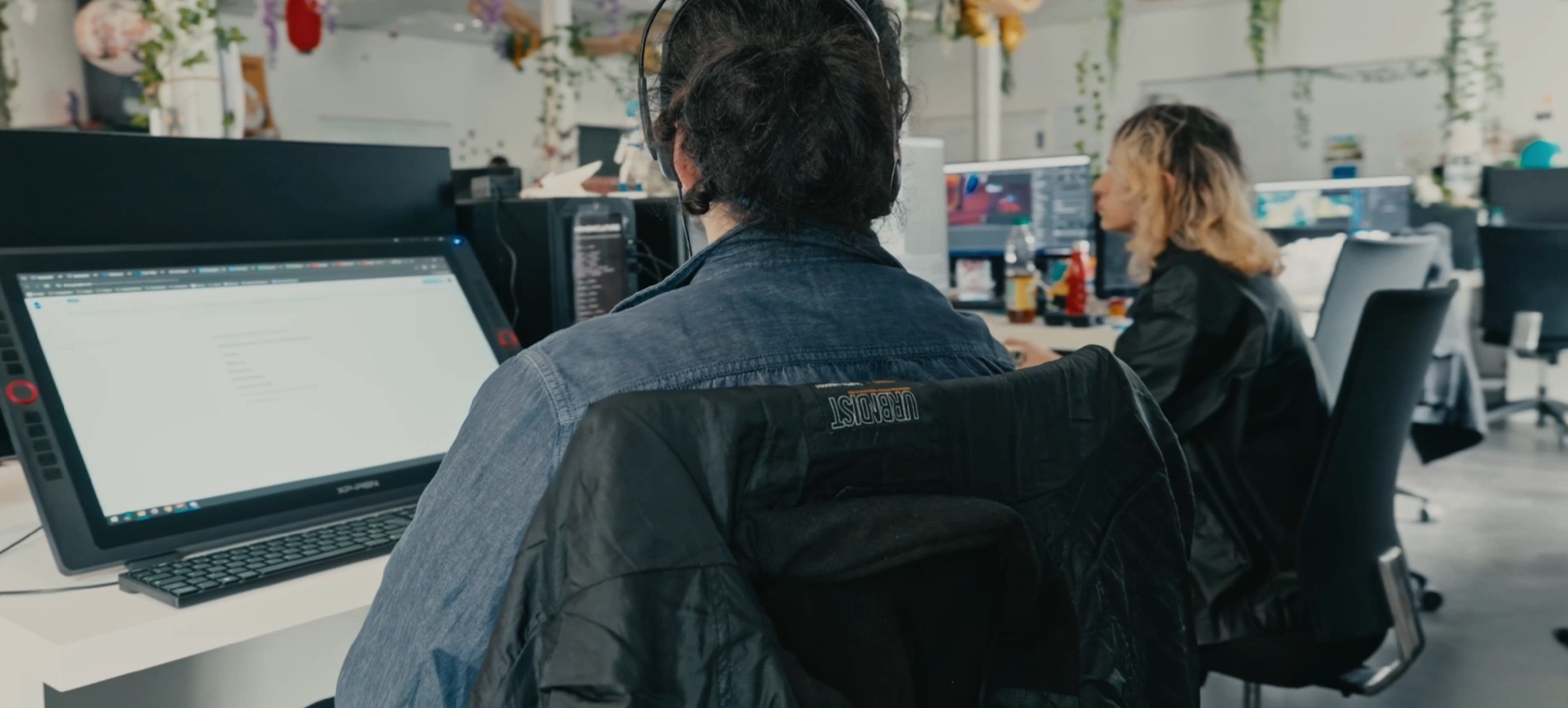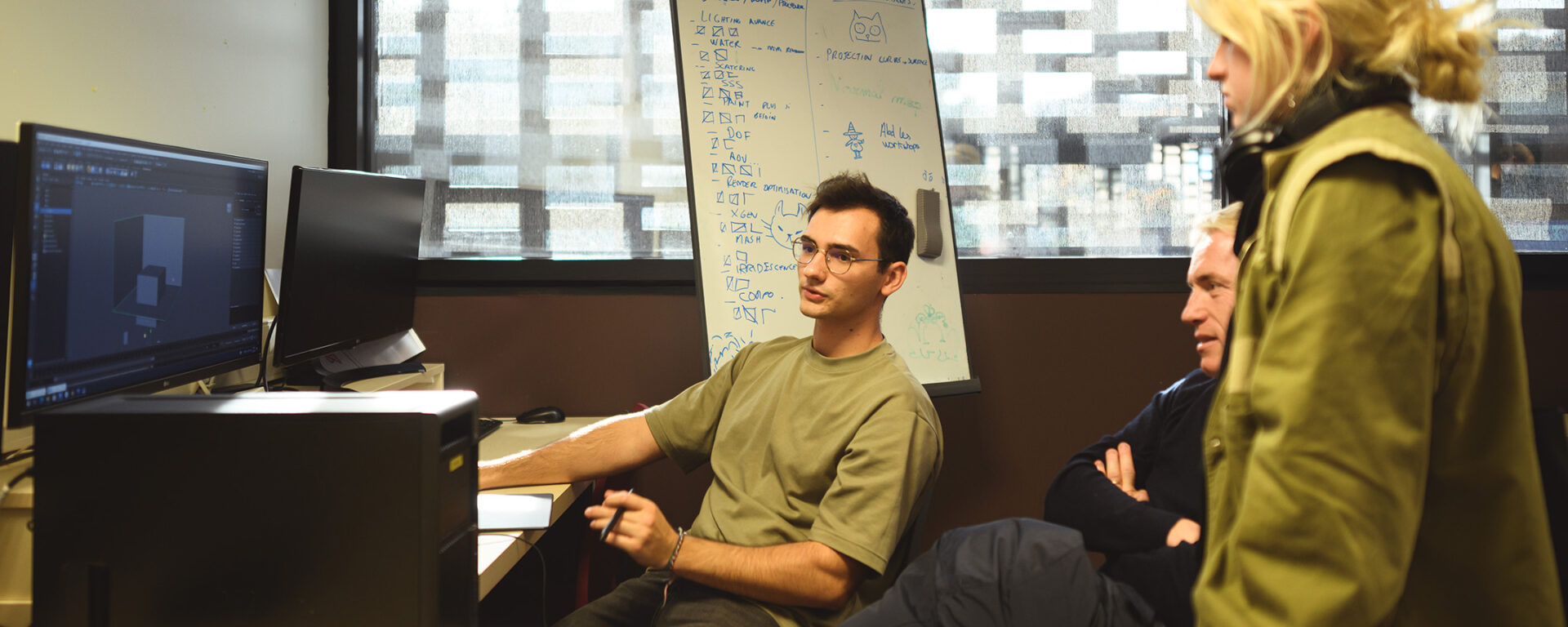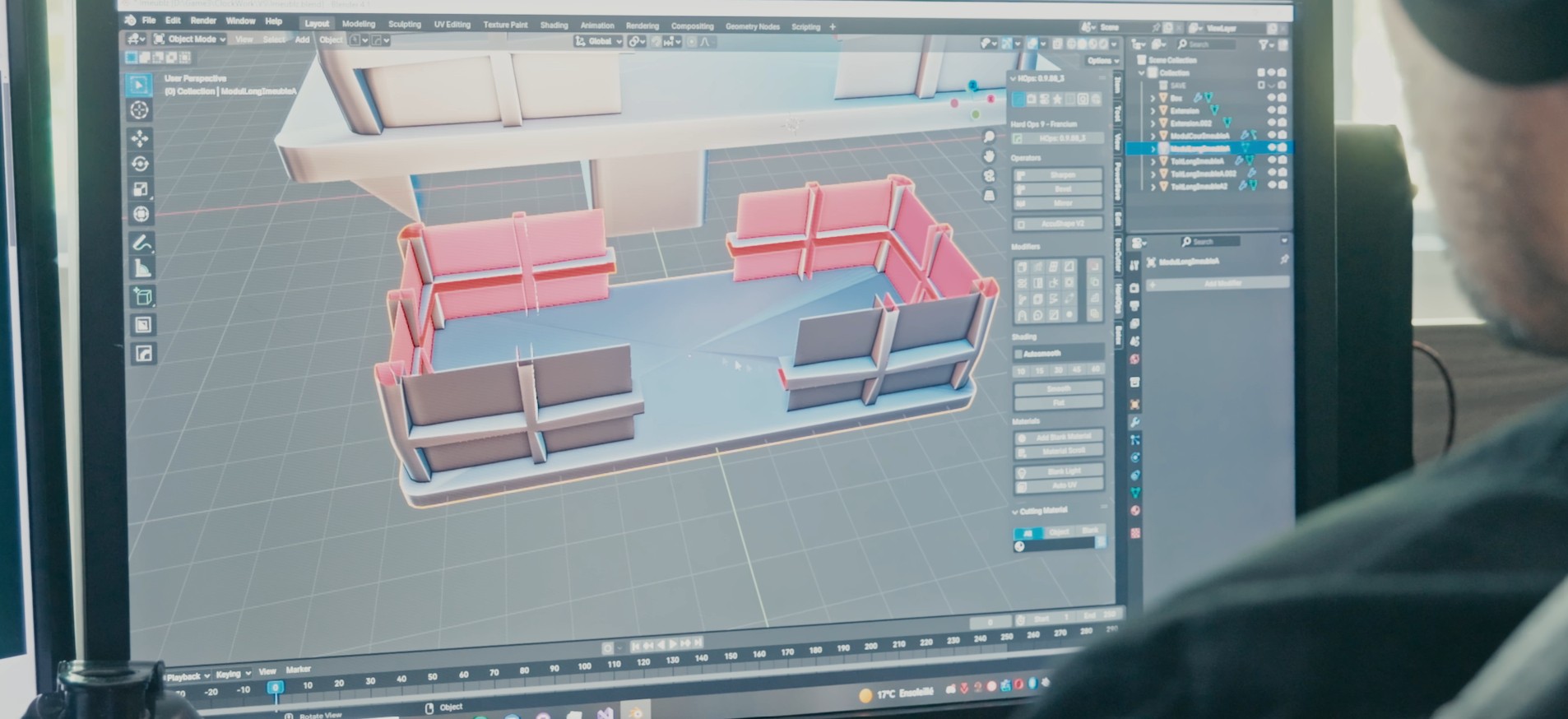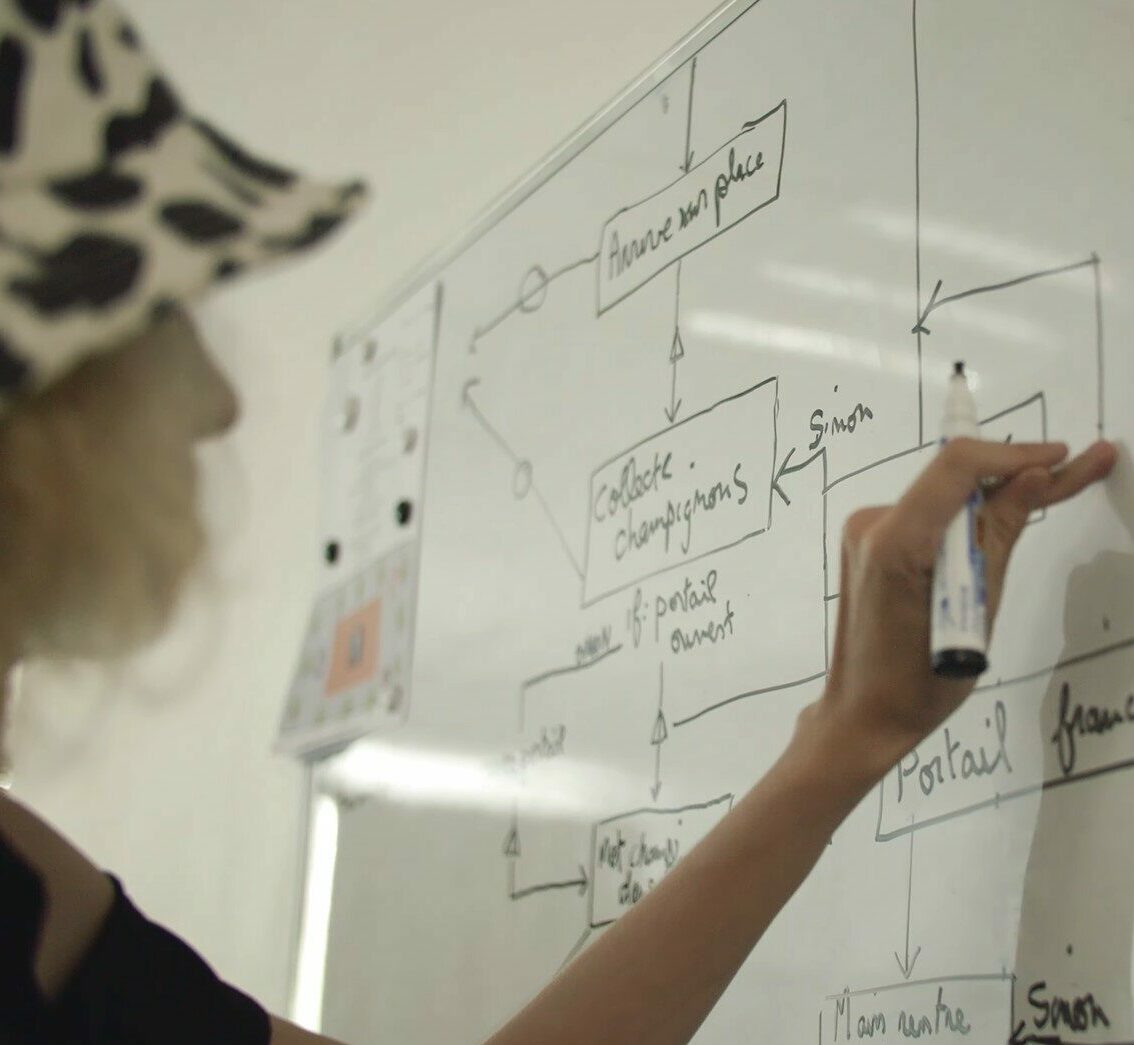What are the duties and responsibilities of a creative director in the video game industry?
A team leader as much as a project manager, the creative director’s mission is to guarantee the quality of the video game he or she works on. In this sense, he is the person with the greatest responsibility, alongside the technical directors and the lead game designer.
What does this mean in practice? The creative director has to agree a vision, a schedule and a budget with the other job managers, based not only on the specifications but also on his own expertise and that of the teams he has chosen.
These three elements will be the cornerstones of the project, and the creative director will have to get them approved by the people responsible for financing the game, whether they are producers or publishers.

Next, the creative director will have to convey this creative vision to all the teams under his/her responsibility, define tasks and deadlines, and ensure that deadlines are met in order to bring the project to a successful conclusion.
What skills do you need to excel as a creative director?
Good managerial skills are essential to take on the role of creative director, as is good resistance to stress, as there can be a lot of pressure when creating a video game.

Knowing how to manage your teams, inspire them and maintain a high level of creativity and artistic freedom, while integrating technical, financial and time constraints, requires a solid foundation and an excellent knowledge of the workings of video game creation.
Hence the importance of being able to rely on comprehensive training in the tools and software used by the industry, while being open to change. This is an essential asset if you want to make the most of your creativity and your career in this type of position.
What tools and software do video game creative directors use?
Although expert technical knowledge of each software program is not expected of creative directors, they must have in-depth knowledge of the entire production chain if they are to manage their teams effectively. They are the guarantors of the coherence and uniqueness of the game they are working on, and this overall understanding will enable them to anticipate challenges, propose relevant solutions and unite their colleagues.
His toolbox is therefore a mix of management tools and creative software. As a team leader/project manager, he relies on robust management tools like Trello and Notion to keep the creative process flowing, organise workflows and ensure rigorous monitoring.
His ability to draw up clear schedules, sometimes using Gantt charts, is also essential for aligning the various creative stages with production objectives.

At the same time, creative directors need to have a thorough understanding of the possibilities and constraints of the software used by their teams. A solid knowledge of 3D modelling and animation standards such as Autodesk Maya, 3ds Max and Blender is an absolute prerequisite, as is an understanding of game engines such as Unreal Engine or Unity. This expertise must also extend to more specialised tools such as ZBrush for detailed sculpting and Photoshop for concept art or textures, among others.
In a constantly evolving industry, the creative director’s ability to keep abreast of technological advances and integrate innovative tools remains an undeniable competitive advantage to ensure the relevance of his creative vision.
Which baccalaureate should you choose?
There is no one ideal route to the job of creative director, but there are different routes depending on your profile. If you’re very good at drawing, an ST2A (Sciences et Technologies du Design et des Arts Appliqués) bac is the most obvious route to becoming a creative director in the video game industry. This type of bac enables students to familiarise themselves with the tools used in the industry as early as secondary school. If you have a more ‘technical’ profile, it may be a good idea to opt for a baccalaureate specialising in mathematics or NSI.
Whatever the case, it’s worth bearing in mind that your choice of baccalaureate should take into account the specific characteristics of the job of creative director, i.e. a good balance between technical mastery, scientific rigour and artistic creativity.
What training do you need to become a creative director?
In order to work in this sector, aspiring creative directors need to undergo training that will enable them to familiarise themselves with all the video game professions, while developing their managerial skills. They will be required to supervise the entire creative team, while being in constant contact with the lead game designer and the other project managers. Training in video games is therefore essential if you are to develop your mastery of the tools, understand the production methods specific to this industry, and be able to land a job as soon as you finish your studies.
This course, which combines a theoretical approach with practical work, will culminate in the completion of a video game project where the future creative director will be able to confront the realities of production, develop his or her own working methods, and finally put his or her skills and vision to the test. This experience will serve as a springboard for entering the job market and being spotted by recruiters.

How much does a creative director earn in the world of video games?
Salary at the start of your career
Aspiring creative directors are given responsibility for managing a project as soon as they finish their studies, but their salary at the start of their career can vary between €37,000 and €45,000 gross per year. This depends on their status (freelance or contract), the region in which they work and the projects they are assigned.
Salary with experience
After a few years’ experience, a creative director’s salary can reach higher levels, especially if they have proven themselves and the projects to which they have contributed their vision have been successful. Depending on whether they are working on large-scale international projects or smaller-scale productions, experienced creative directors can expect to earn between €65,000 and €95,000 gross per year, or sometimes more in the case of AAA studios developing games with very large budgets.
What are the career prospects in this profession?
There are plenty of opportunities for advancement in the video games sector, provided you’re not afraid of a challenge and are able to seize the opportunities that come your way. By working with different studios, or on the contrary by climbing the ladder, the creative director will be able to build a robust portfolio, an essential tool for convincing new clients and gaining access to more ambitious projects.
Depending on your career aspirations, you could set up your own video game studio, or become a game designer yourself. All these possibilities make this an attractive and highly coveted job.
Which school should I choose to become a creative director?
Creative directors are recruited on the basis of their unique background and wide range of skills, so choosing a school like ESMA, which offers a comprehensive, cutting-edge training programme that is well known in the sector, is essential.
Supervised by professionals and teachers who have mastered the latest technologies, aspiring video game designers will be able to touch on all aspects of video game creation, and gain invaluable experience for entering the job market.
